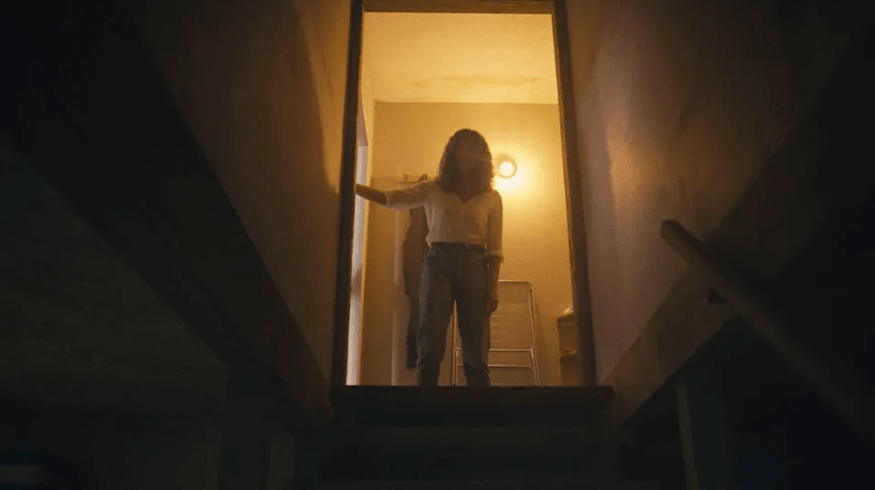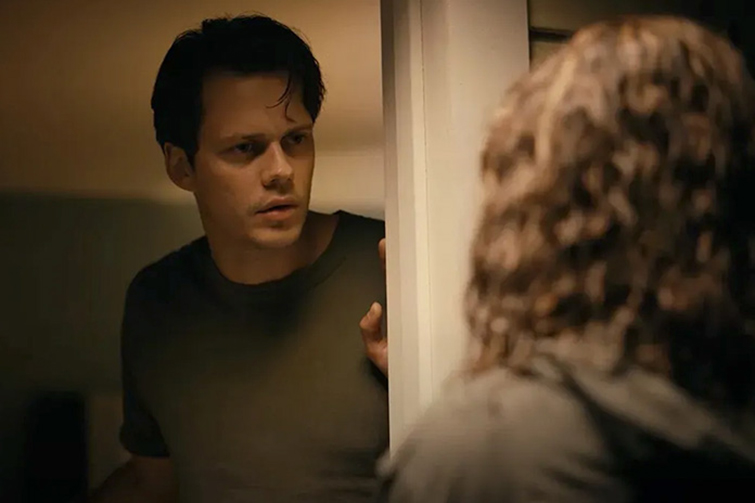
Analyzing (and Crafting) Horror with ‘Barbarian’ Editor Joe Murphy
Everything you need to know about watching, analyzing, and cutting horror from the editor of Barbarian.
Despite superheroes and IP reboots dominating the headlines and box office marquees, we’re living in a renaissance for original horror films. From Jordan Peele’s Nope (and previous efforts) to new hits like Smile to recent cult sleepers like The Empty Man, horror is proving to be one of the few film genres not afraid to venture out into new stories and territories.
One of the most extensive horror breakouts of this Halloween season has been Barbarian. Written and directed by Zach Cregger and starring Georgina Campbell, Bill Skarsgård, and Justin Long, this slow-burn psychological thriller has been one of the best-received new horror films of this genre resurgence.
To understand a bit more about why these films are doing so well, as well as explore insights into how they are edited and work, we sat down to chat with Barbarian editor Joe Murphy to learn more about his cutting process and where he’s drawn his specific horror inspirations.
PremiumBeat: First off, what video editing platform did you use, and what was your approach for getting started on this genre-crossing horror/mystery/thriller?

Joe Murphy: We cut on Avid Media Composer. One thing I did before starting Barbarian, was watch a bunch of classic horror movies for editing inspiration.
When I started on the editor’s cut, I kept an eye out for performance moments that sparked an emotional or visceral response in me and in general. I built the first cut around these moments while also saving anything that stood out and didn’t quite have a home yet on a separate timeline – moments I can show the director later that might be valuable or spark an idea.
Since the editor’s cut is the first draft, I want to ensure I’m showing the director everything they shot and what stood out to me as interesting, honest, and revealing.
The director Zach Cregger did such excellent prep work with his DP, Zach Kuperstein, that the scenes had a clear visual logic when reviewing the footage. This freed me to focus on many nuances and performance beats that can help shape or color a scene.
PremiumBeat: There are lots of abrupt cuts and startling perspective shifts in the film; how did you manage the different emotional attachments with these diverse characters without slowing the film down?
JM: The film’s unique structure was there from the beginning. Zach designed the perspective shifts, which were part of his plan from the script stage. The overall pacing was discovered through experimenting in the edit to see how much we needed to keep the audience invested in each film section. Feedback screenings with fresh viewers were a vital tool to help guide us.
PremiumBeat: Working with VFX is always a challenge for any film editor; how did you approach working with the VFX team?

JM: Most of our VFX were straightforward and mainly simple fixes (painting out a boom, adding some green to a lawn, etc.). For shots we needed to create from existing footage, we would do mock-ups in Avid and show them to the VFX houses we were working with as an example of what we were going for.
The VFX teams at Barnstorm and Neon Robotic were able to take these and make them much better. There were a couple of shots that were too complicated to mock-up, and in those cases, we had a dialog about the request and provided feedback on the various versions they would send to us.
PremiumBeat: How do you view the current state of horror filmmaking, and what advice would you give anyone trying to edit their horror shorts or features today?

JM: It’s such an exciting time for horror films, with so many excellent ones being released and catching people’s imaginations. I’m really happy Barbarian can be a part of that wave.
Watching your favorite horror films and analyzing how the shots and moment-to-moment unfolds can be immensely helpful. I always return to movies that inspire me when I’m stuck editing or having difficulty figuring out a sequence.
PremiumBeat: Do you have any other projects coming up that you’ve had to use any similar workflows or editing challenges?
JM: Right after Barbarian, I cut three episodes of the nine-episode limited series A Friend of the Family on Peacock. Two other great editors on the series were Philip Harrison and Fabienne Bouville. The workflow was different as I had a chance to watch Philip’s cut of the pilot before I started working on my episodes and got to know the characters and vibe of the show.
Otherwise, my creative approach was similar to Barbarian — hunt for those gems in the footage that stick with me, try to review my edits as if it’s the first time I’ve seen them, observe where I’m leaning in or disengaging, and ask myself what feeling the scene creating within me.
For more filmmaking interviews and editing insights, check out some of these additional articles below.





